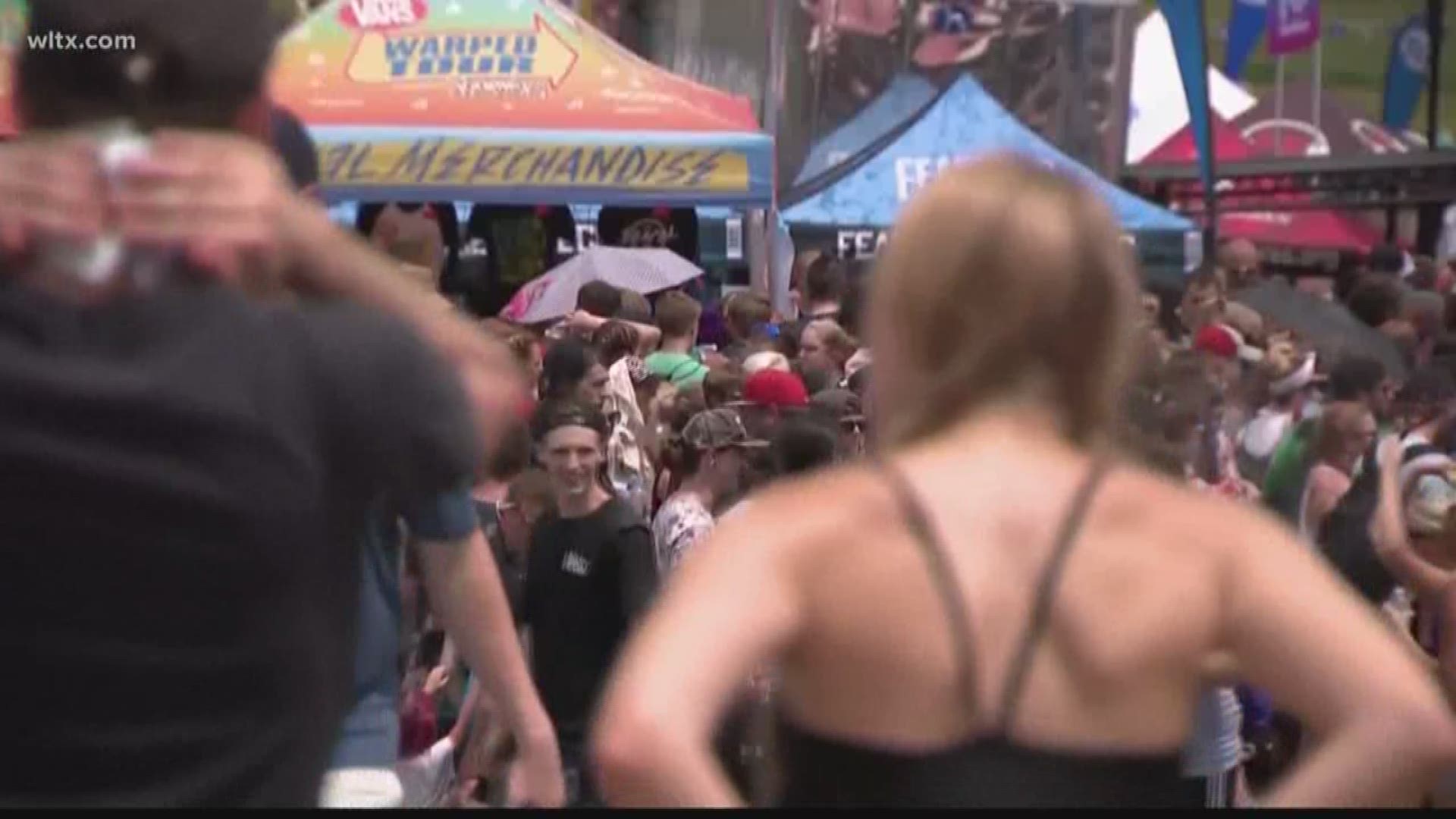It is summer in the South, while many people are enjoying the nice long days of the season, the high temperatures can also bring along the risk of heat-related illness.
The Center for Disease Control and Prevention says over six hundred people in the United States are killed by extreme heat every year.
Extreme heat is defined as summertime temperatures that are much hotter and/or humid than average. Heat-related illnesses like heat exhaustion or heat stroke, happen when the body is not able to properly cool itself.
The body has several mechanisms to help us cool down. One of the most important is evaporation through sweat, but this mechanism becomes less efficient in high humidity.
“That’s a big challenge for us. Now your body has an actual thermostat, and it wants to cool itself off, so it will increase blood flow to the skin to cool that blood, to cool it, it will sweat profusely, trying to get that blood to evaporate. It’s very complicated in the south because of the humidity. So, the sweat does not evaporate as much,” says emergency medicine physician and Palmetto Health’s medical director of Emergency Management, Steve Shelton, M.D.
In these cases, a person’s body temperature rises faster than it can cool itself down.
According to Doctor Shelton the body’s thermostat will get slowly get off, the body’s temperature will slowly rise and you will then get those standard symptoms such as the headaches, the nausea, the feel bad.
Our bodies are not well-equipped to withstand large increases in our core body temperature, which is usually around 98.6 ˚ F (37˚ C). With heat stroke, core body temperatures may rise dangerously to around 103˚ to 104˚ F (39.4˚ to 40˚ C). This can cause damage to the brain and other vital organs.
“The real-life threatening emergency when that temperature gets high, and your body can’t cool itself, and then you move into heat stroke. Where you will get altered mental status, not thinking right, coma, seizures, things like that,” says Doctor Shelton.
While everyone reacts differently to the heat, no one is immune to the summer heat and some groups fare better than others.
Doctor Shelton says, “Some folks are young healthy individuals, will do well and can tolerate heat for longer periods of time. But you have someone that is elderly, very young or has chronic medical problems, such as diabetes, high blood pressure, heart disease, lung disease, those folks cannot tolerate the heat for very long at all. We’re talking 15 to 30 minutes maybe can be too much for them.”
Cool, clammy skin, nausea, an overall feeling of weakness and being lightheaded are warning signs of heat exhaustion, but some other symptoms may not be so obvious.
Doctor Shelton goes on to say , “ Some of the classic symptoms are the one we look for , but when you start having/ getting difficulty breathing if you have a lung disease, or you start having more chest pain, and you have heart disease, those can all be put on by stress of the heat that is out there, you have to monitor those individuals just to make sure they don’t compromise what chronic medical problems they have .”
Summertime activities must be balanced with actions that help the body cool itself to prevent heat related illness. Sheldon recommends preparing for the heat by taking it easy during the hottest times of the day, use air conditioning and wear loose fitting clothing
He also shares if you reach a point of thirst, you are already dehydrated.
“You need to drink plenty of non-alcoholic, non-caffeinated beverages prior to any kind of activity, “ says Doctor Shelton.
If the heat is unavoidable and you must be outside, take frequent breaks in the shade to cool off.
For more information just click here.

